
Iceland is home to over 100 fjords, many of which stretch along the country’s eastern coastline. Nestled right in the middle of the Eastfjords, Fáskrúðsfjörður is probably best known for a village along its shore with which it shares a name, yet interestingly, the scenic inlet has far more places to explore than first meet the eye. Perching on the fjord’s southern coast, the ghost village of Hafnarnes is a well-kept secret, providing an eerie experience peppered with breathtaking views and sheer serenity.
Easily accessible by car, Hafnarnes is located just off Iceland’s Ring Road that encircles the whole island. Despite its supposedly central location along the country’s main highway, the village is rarely visited by passersby who overlook it on their way northwards or southwards.
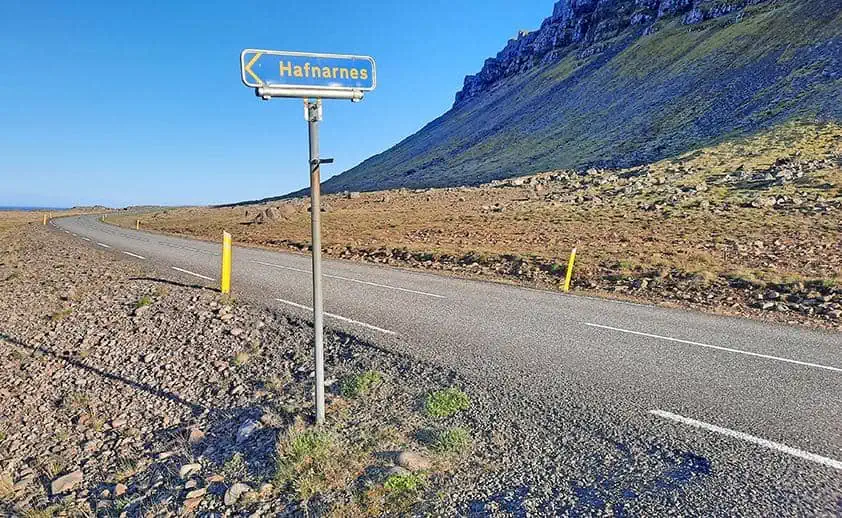
photography by: Omri Westmark
Once a small, yet thriving, fishing village, Hafnarnes might seem like a typical hamlet on first glance, however, as one gets closer, its current state of disrepair is immediately revealed.

photography by: Omri Westmark
Established in the late 19th century, the village had 12 buildings and tens of residents during its heyday around the 1920’s. The nearby cod-rich waters provided a great deal of prosperity to the hamlet, which witnessed constant growth and vibrant social life.
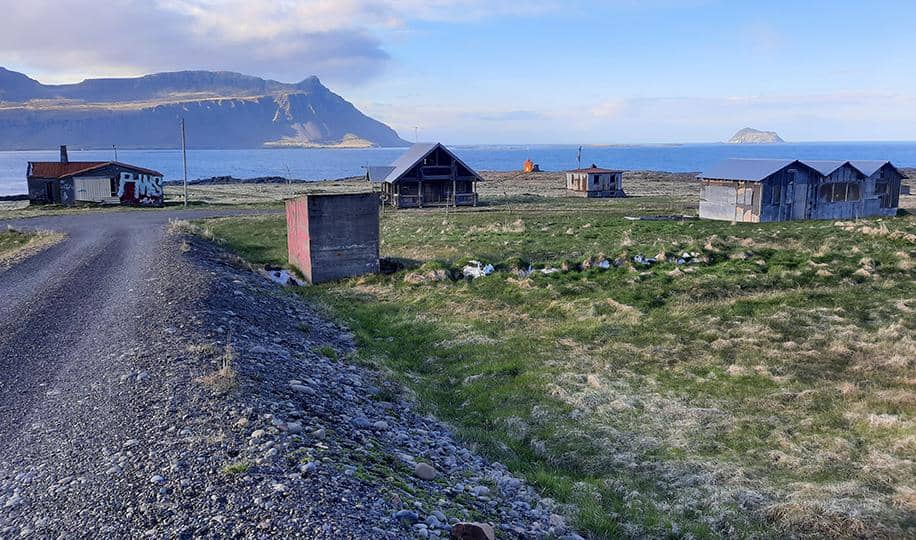
photography by: Omri Westmark
Evidently, a hospital which served the significant number of French sailors who were present in the region during the 1930’s was relocated in 1939 from the fjord’s aforementioned main town, Fáskrúðsfjörður.
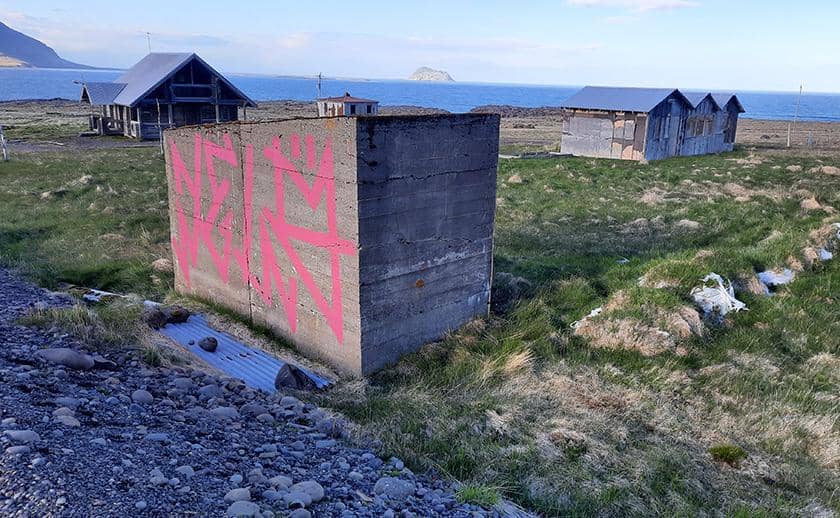
photography by: Omri Westmark
Besides its medical role, the hospital also functioned as a residential building and a school.
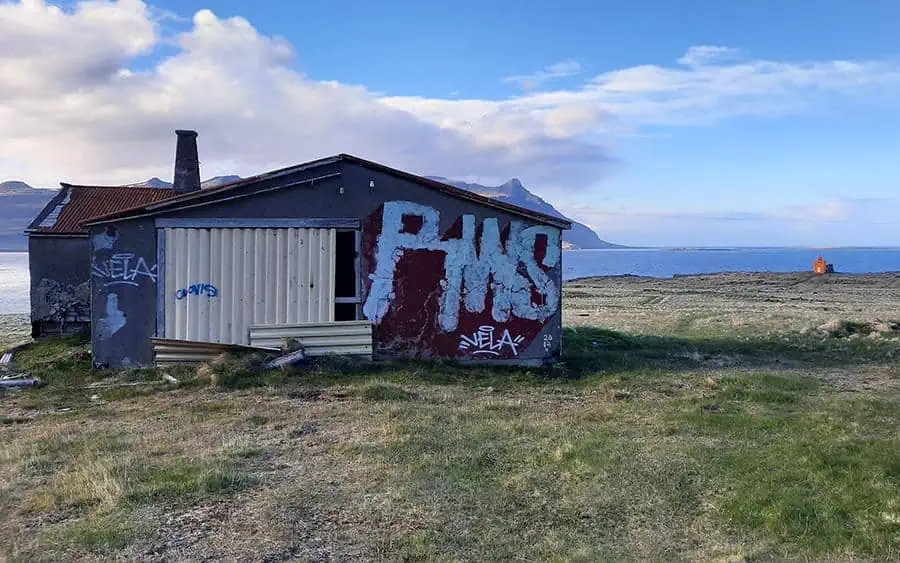
photography by: Omri Westmark
As the second half of the 20th century progressed, many of Iceland’s rural communities underwent a gradual process of demographic decline, loosing most of their young generation to larger towns and the capital, Reykjavik, in particular.
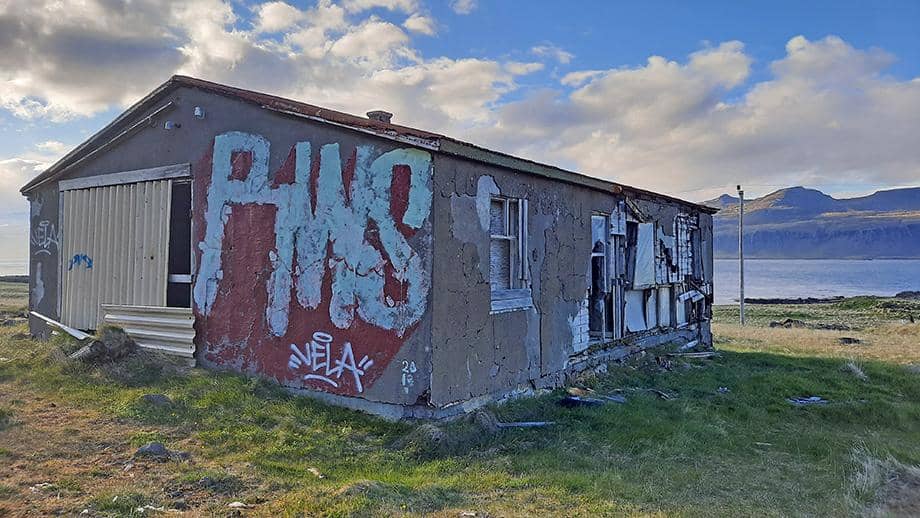
photography by: Omri Westmark
The countryside’s depopulation didn’t skip Hafnarnes, which during the 1970’s saw its last residents emigrating elsewhere, leaving the village completely abandoned ever since.
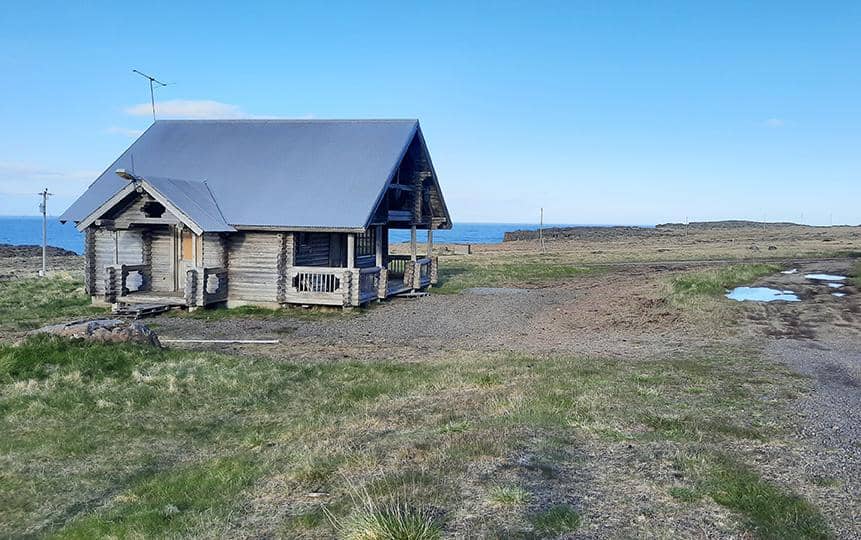
photography by: Omri Westmark
Following the total abandonment of the fishing hamlet, all of its houses were left to the elements, and subsequently fell into a state of disrepair.
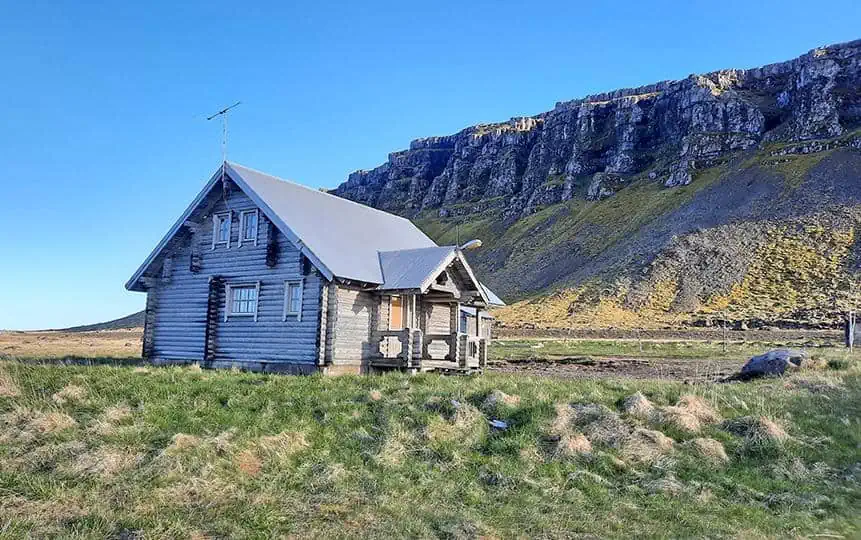
photography by: Omri Westmark
Among the village’s original buildings, only four have survived to these days, making Hafnarnes a rather shadow of its former self.
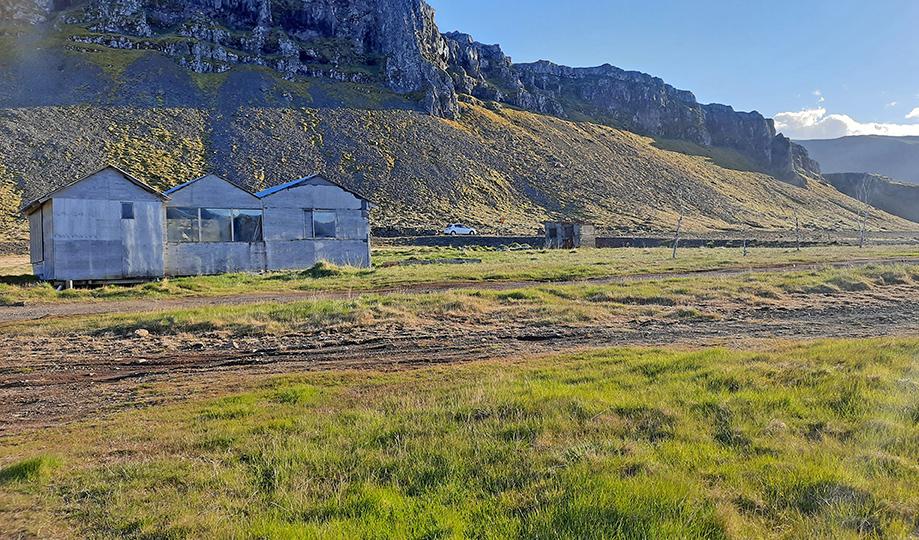
photography by: Omri Westmark
Alongside the surviving buildings are also several vestiges of the hamlet’s former farms and other agricultural facilities.
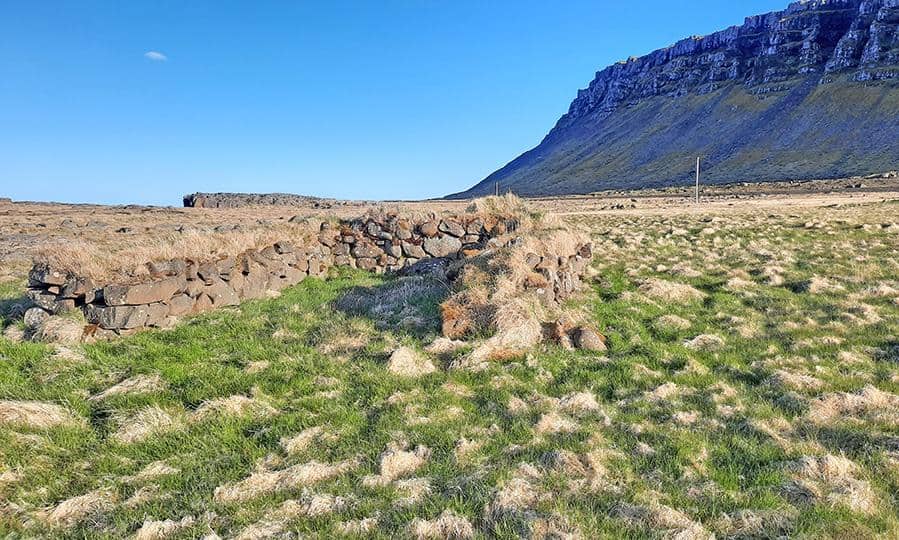
photography by: Omri Westmark
Despite its possibly depressing and uninviting present, the abandoned village is a pleasant place to stroll and explore, accompanied by an unmatched peacefulness, a much-needed resource in today’s hectic pace of life.
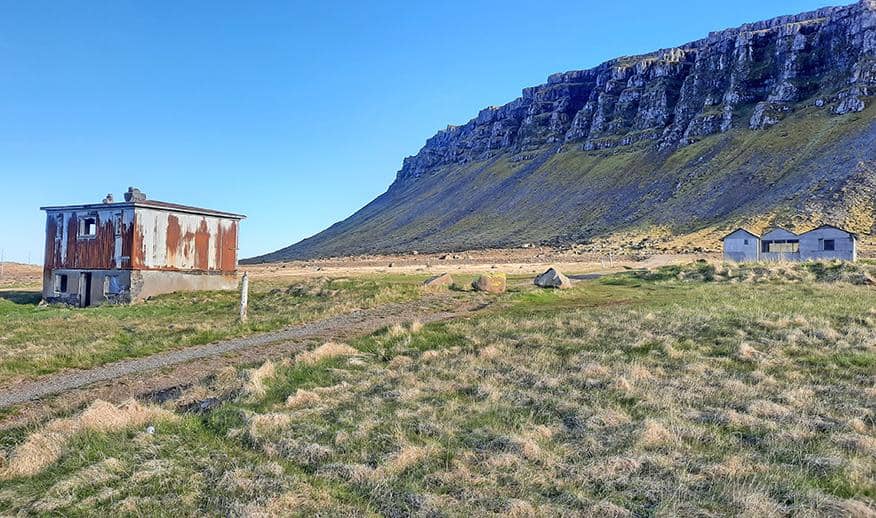
photography by: Omri Westmark
Additionally, the village’s location between a craggy flat cliff and the Fáskrúðsfjörður fjord offers plenty of scenic spots to gaze at the spectacular landscape.

photography by: Omri Westmark
A narrow unpaved road links the abandoned village with its coastal area.
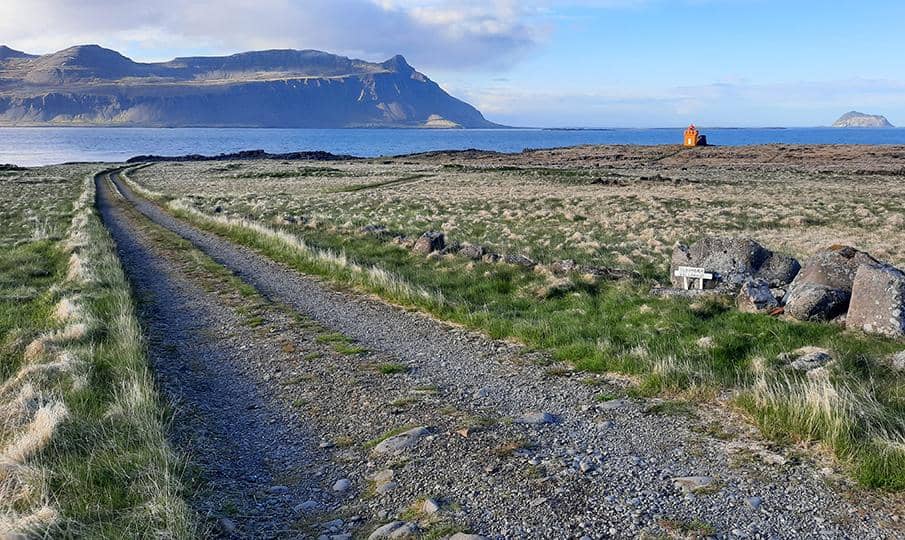
photography by: Omri Westmark
As you walk along the pathway, you’ll come across other ruins of a former building.
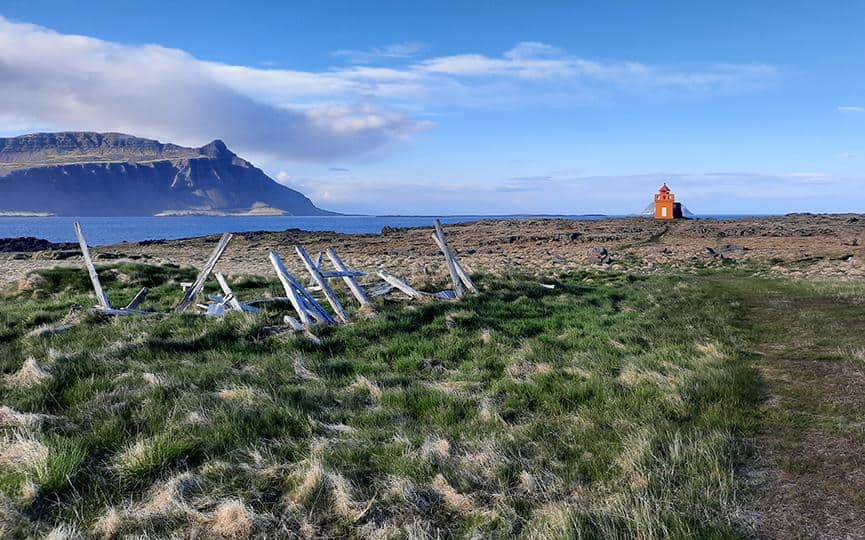
photography by: Omri Westmark
Standing out with its vivid orange colors amid an otherwise grassy wasteland, Hafnarnes Lighthouse is the only functioning building throughout the village, providing guidance and assistance for nearby vessels.

photography by: Omri Westmark
Constructed in 1912, the lighthouse is constantly maintained, evident by its recently painted façade. While the building itself is not open for the public, it has an adjacent viewpoint with a remarkable ocean and fjord vista.
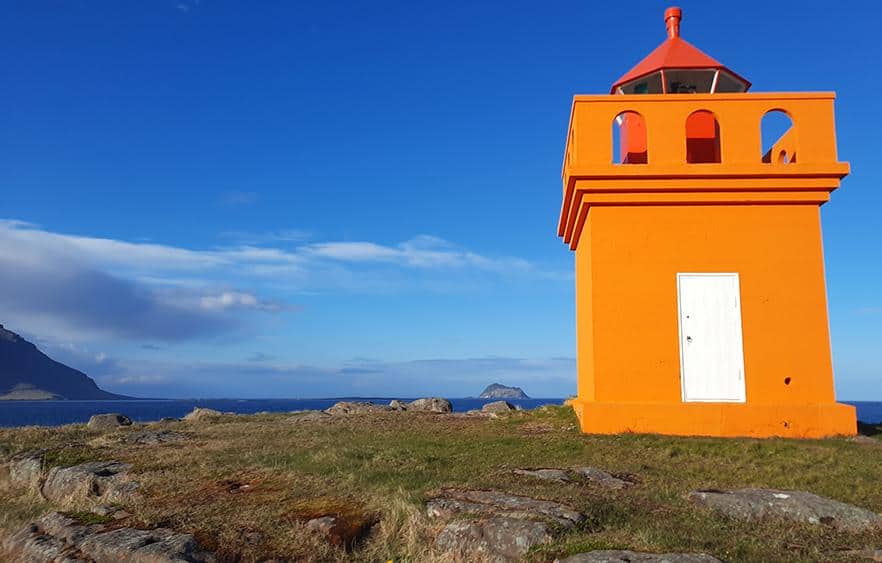
photography by: Omri Westmark
Facing the orange lighthouse are relics of a far older structure, a testament for the area’s intermittent inhabitancy that might be revived again somewhere in the future.
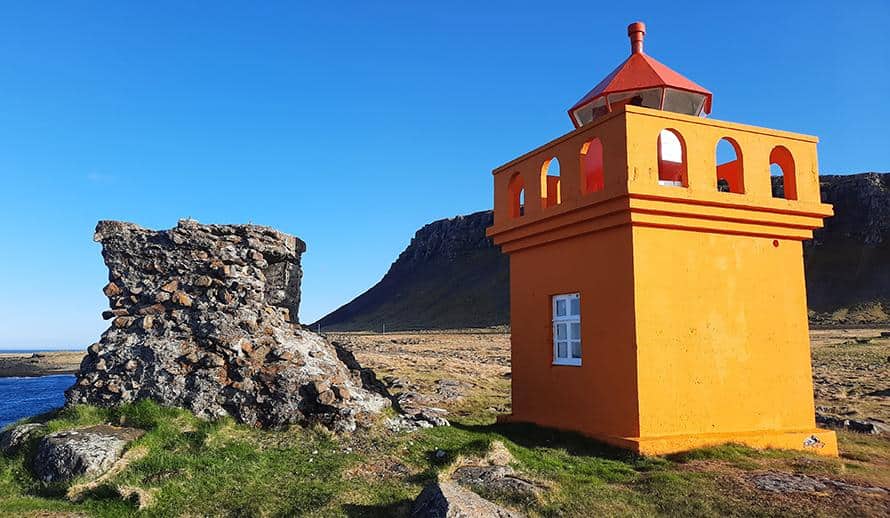
photography by: Omri Westmark